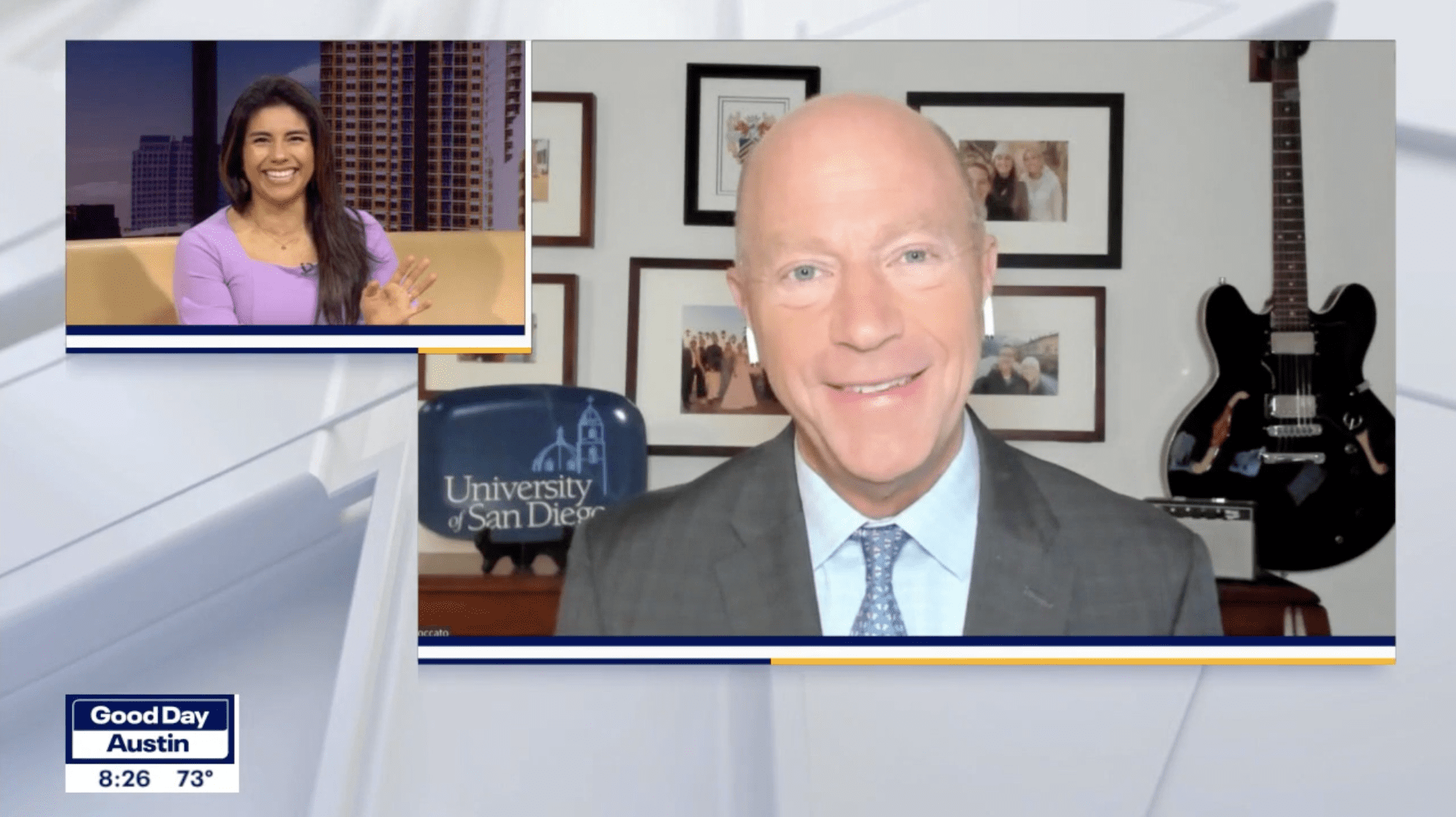Katherine visited several Gap Year programs in Europe last fall. We asked her to share some of her thoughts from these visits.
Why is it so important to go on-site to visit programs?
I really need to get a first hand view of what our students will experience. That way I can be very thorough in explaining the location, activities and other intangibles to the student and parents. Some things are just hard to appreciate until you are onsite. I check out accommodations, speak with current students when possible to find out what their experiences have been, and sit down with Directors and program leaders. One thing I want to understand is safety protocols and contingencies. And just really getting a feel for the area – what opportunities are there for the students to get out into the community? Finally, I love to jump into any student activities that are happening while I’m there. When I was in Hawaii a few years ago, I was up to my thighs in mud helping remove invasive species!
Which programs did you see last fall?
I saw three locations in person in September 2023. One was in Normandy, France and focused on the arts. The second was a language school in Paris. The third was a fashion school in Milan.
Berridge Programs is a residential arts program housed in a 270 year old chateau where students focus on film, studio art, theater or music for 10 weeks. A key part of the program is managing student expectations about growth and learning. One can’t become an oil painter in 10 weeks, but can develop the skills, mindset, and good habits to eventually become one. Andrea, the Director, believes strongly that helping students lean into their passion leads to improving well-being. Berridge is purposely low-tech, and very hands on, with instructors who care deeply about student development. For one week, students trade in the serene beauty of Normandy for urban life in Paris.
Milan Fashion Campus works with different levels of designers. The maximum class size is 12 students, who can choose either a “master class” or “fashion prep” track. The fashion prep is for students who might want to apply to a school like Parsons or FIT but have no fashion experience. The program curriculum is very customized to each student’s interests and needs. It was great to meet the Director in person and hear about his experience in design, his vision for the school and how he created it. His mission is to give students practical skills and knowledge in the fashion world – real world experience – to be able to start careers. Without being onsite, it would have been hard to appreciate how this program is definitely for more independent students. For example, they need to find their own housing while in Milan!
What stood out to you the most about these programs?
When I look back, both the Berridge Programs and MFC Directors have the same desire to really help their students explore a curiosity in the arts and design. They have so much energy around getting the students on a path where they take time to discover interests, and enjoy this exploration. They have passion for helping students with hands-on learning and it’s so obvious how much they care about teaching. Both Directors built their programs from scratch.
Given what you know about Gap Year students, did you give any advice to the programs when you were there?
I did ask them about their ability to help students with mental health challenges, especially anxiety and depression. I wanted to understand how they are able to learn as much as possible about their prospective students through the application process. I suggested that if they are going to enroll students with mental health challenges, they should have the right supports in place to ensure the students can succeed, and to help make the overall program stronger.
Any last words for our readers?
Sure, I mentioned it earlier, but I think it is super important when looking at Gap Year programs for students to really understand how well the program will be a fit for them. Programs often sound great on their website, but this should only be a starting point. It’s important to seek out more information to make sure the location (remote/ rural vs. urban/ city life), level of student independence (all activities with cohort vs. meaningful opportunities to have “alone time”), expectations (drug and alcohol policy…) and other factors work for the student. Ask lots of questions in conversations with the Program Director, representatives and alums. And of course Gap Year consultants can be a wonderful resource!









